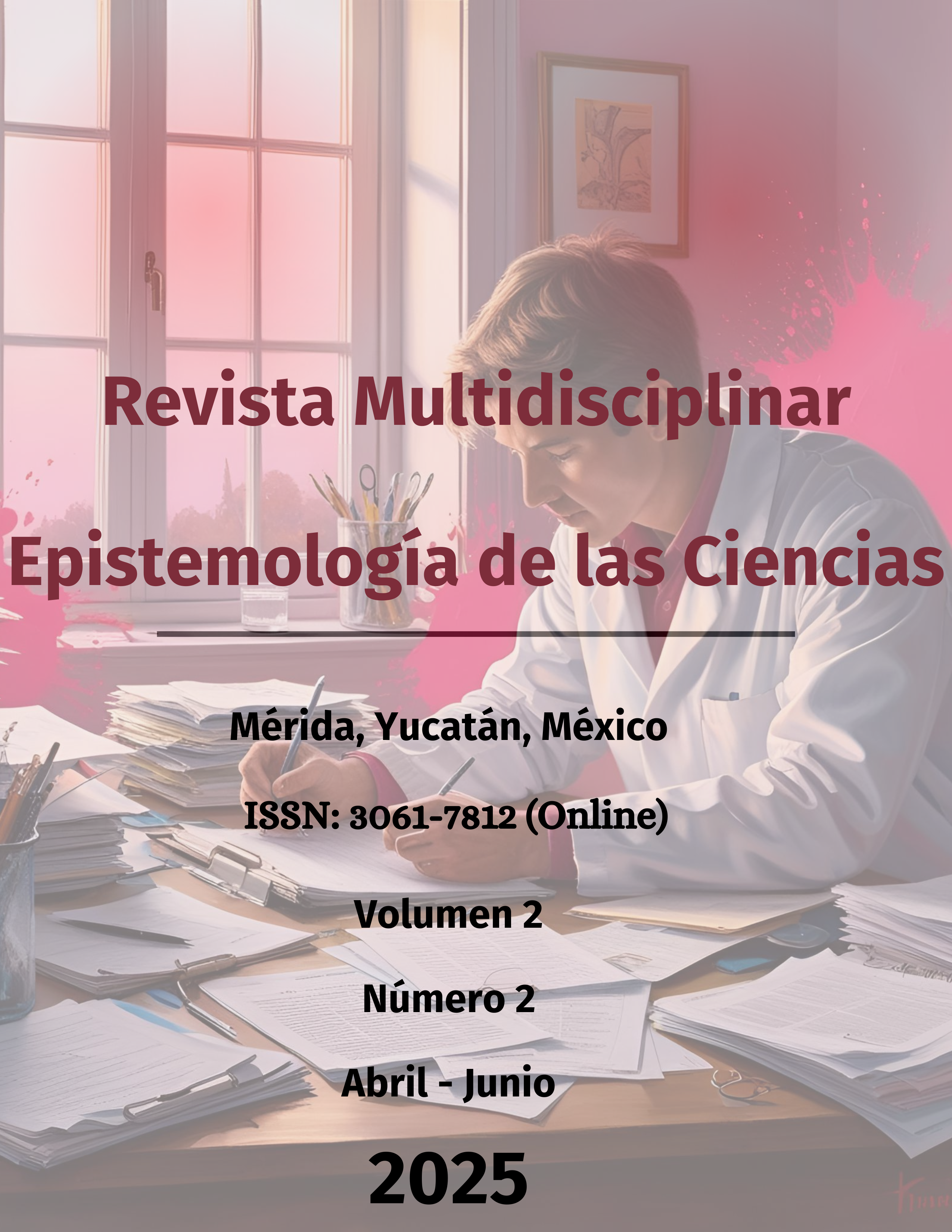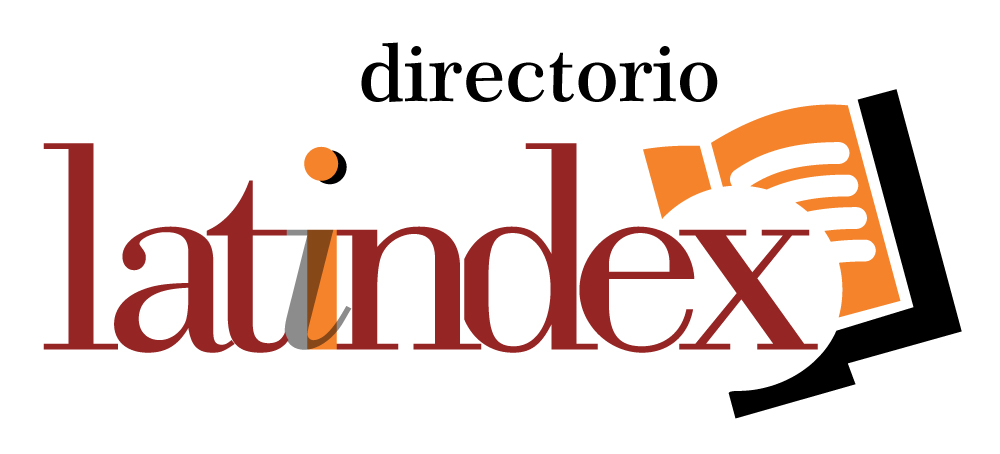Application of methodological strategies based on the connectivity approach in the military training of the ecuadorian air force (FAE)
DOI:
https://doi.org/10.71112/ntprzb61Keywords:
connectivity, methodological strategies, active learning, military education, digital toolsAbstract
Military education must adapt to dynamic and changing contexts, constantly reflecting on experiences, new theories, and emerging technologies as methodological strategies supported by the connectivity approach as a means of transforming the teaching–learning process.
This analysis is developed using a quantitative approach, with the objective of determining the use of technological tools as part of methodological strategies in the classroom, through the pedagogy of connectivism and cyberspace. This presents a paradigm that enables thinking about virtual education as a methodology applicable even in face-to-face classrooms, establishing a new approach with its own characteristics, dynamics, and teaching–learning methods. Finally, in order to apply this methodology for the benefit of the educational community, there must be a commitment from educational actors to achieve the interrelation that allows interaction with new digital tools, leading to a comprehensive and innovative education.
Downloads
References
REFERENCIAS
Alexander, B., & Levine, A. (2008). Web 2.0 storytelling: Emergence of a new genre. EDUCAUSE Review, 43(6), 40–56.
Ausubel, D. P. (1968). Educational psychology: A cognitive view. Holt, Rinehart and Winston.
Ausubel, D. P., Novak, J. D., & Hanesian, H. (1983). Psicología educativa. Trillas.
Behar, D. (2008). Introducción a la metodología de la investigación. Editorial Shalom.
Brunner, J. J. (2000). Educación y desarrollo: La experiencia de América Latina y el Caribe. Banco Interamericano de Desarrollo.
Castells, M. (2000). The rise of the network society (2nd ed.). Blackwell. DOI: https://doi.org/10.1108/14636680010802591
Chapple, M., & Seidl, D. (2022). Database management: Concepts and practice. Wiley.
Codd, E. F. (1970). A relational model of data for large shared data banks. Communications of the ACM, 13(6), 377–387. https://doi.org/10.1145/362384.362685 DOI: https://doi.org/10.1145/362384.362685
Downes, S. (2007). An introduction to connective knowledge. In T. Hug (Ed.), Media, knowledge & education: Exploring new spaces, relations and dynamics in digital media ecologies (pp. 77–102). Innsbruck University Press. http://www.downes.ca/files/books/Connective_Knowledge-19May2012.pdf
Downes, S. (2012). Connectivism and connective knowledge: Essays on meaning and learning networks.
Fernández, E. (1990). La función social de la enseñanza: Escuela y división del trabajo. Akal.
Freire, P. (1970). Pedagogía del oprimido. Siglo XXI Editores.
Gutiérrez, L. (2012). Conectivismo como teoría de aprendizaje: conceptos, ideas, y posibles limitaciones. Revista Educación y Tecnología, 111–122.
Hermann, A. (2011). El ciberespacio una geografía otra. Revista Utopía, Cultura Digital. Ecuador: Abya-Yala.
Hernández, S. (2010). Metodología de la investigación (pp. 79–80).
Hernández, R., Sampieri, C., & Baptista, L. (2014). Metodología de la investigación. McGraw-Hill.
Lambert, J. (2013). Digital storytelling: Capturing lives, creating community (4th ed.). Routledge.
Malhotra, N. K. (2008). Investigación de mercados: Un enfoque aplicado (5ª ed.). Prentice Hall.
Mazur, E. (2009). Educación e innovación. Prentice Hall.
Morin, E. (2000). Los siete saberes necesarios para la educación del futuro. UNESCO.
Morin, E. (2001). Los siete saberes necesarios para la educación del futuro. UNESCO.
Onrubia, J. (2005, febrero 9). Revista de Educación a Distancia. http://www.um.es/ead/red/M2/
Ovalles, L. (2014). Conectivismo, ¿un nuevo paradigma en la educación actual? http://www.fesc.edu.co/Revistas/OJS/index.php/mundofesc/article/view/24
Quiroz, M. (2003). Hacia una didáctica de la investigación. Editorial Aula.
Rheingold, H. (1993). The virtual community: Homesteading on the electronic frontier. Addison-Wesley.
Rojas, I. (2011). Elementos para el diseño de técnicas de investigación: Una propuesta de definiciones y procedimientos en la investigación científica. Tiempo de Educar, 12(24), 277–297.
Salinas, J. (2012). Innovación docente y uso de las TIC en la enseñanza universitaria. RUSC.
Salmon, G. (2004). E-moderating: The key to teaching and learning online (2nd ed.). Routledge Falmer.
Saboowala, R., & Manghirmalani Mishra, P. (2021). Google Classroom for education: A review. Journal of Education and Educational Development, 8(1), 95–106.
Santaella, L. (2007). Navegar no ciberespaço: O perfil do leitor imersivo. Paulus.
Siemens, G. (2004). A learning theory for the digital age. http://www.elearnspace.org/Articles/connectivism.htm
Siemens, G. (2005). Connectivismo: A learning theory for the digital age. International Journal of Instructional Technology and Distance Learning, 2(1), 3–10. http://www.itdl.org/Journal/Jan_05/article01.htm
Siemens, G. (2014). Conectivismo: Una teoría del aprendizaje. http://www.comenius.cl/recursos/virtual/minsal_v2/Modulo_1/Recursos/Lectura/conectivismo_Siemens.pdf
Torres, M., & Girón, D. (2009). Didáctica general: Colección pedagógica Formación Inicial de Docentes Centroamericanos de Educación Básica. Editoram, S.A.
West, J., & West, M. (2009). Using wikis for online collaboration: The power of the read-write web. Jossey-Bass.
Downloads
Published
Issue
Section
License
Copyright (c) 2025 Multidisciplinary Journal Epistemology of the Sciences

This work is licensed under a Creative Commons Attribution 4.0 International License.








